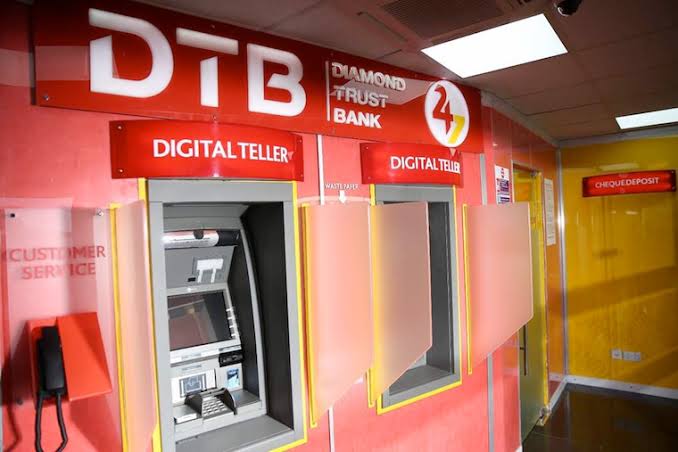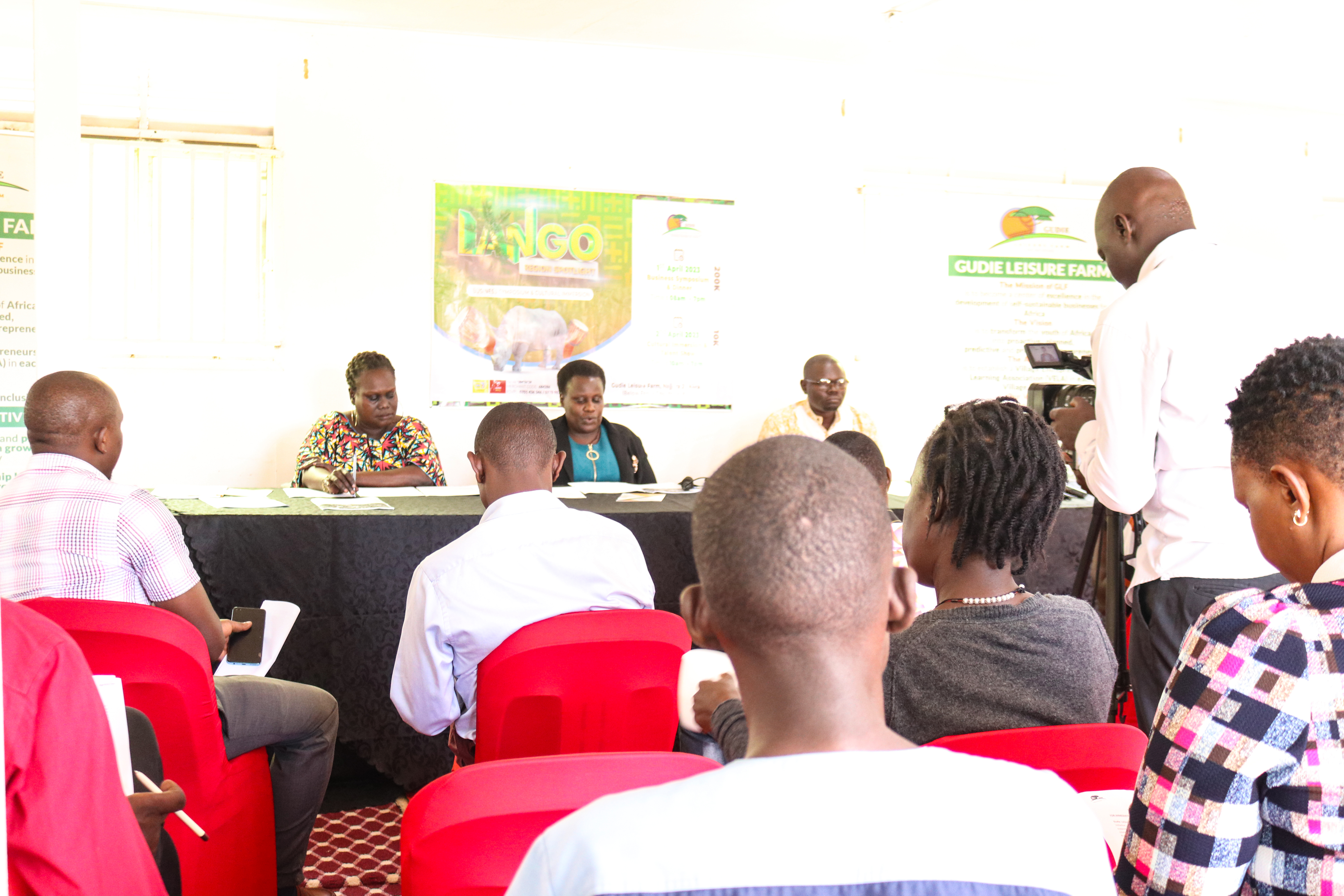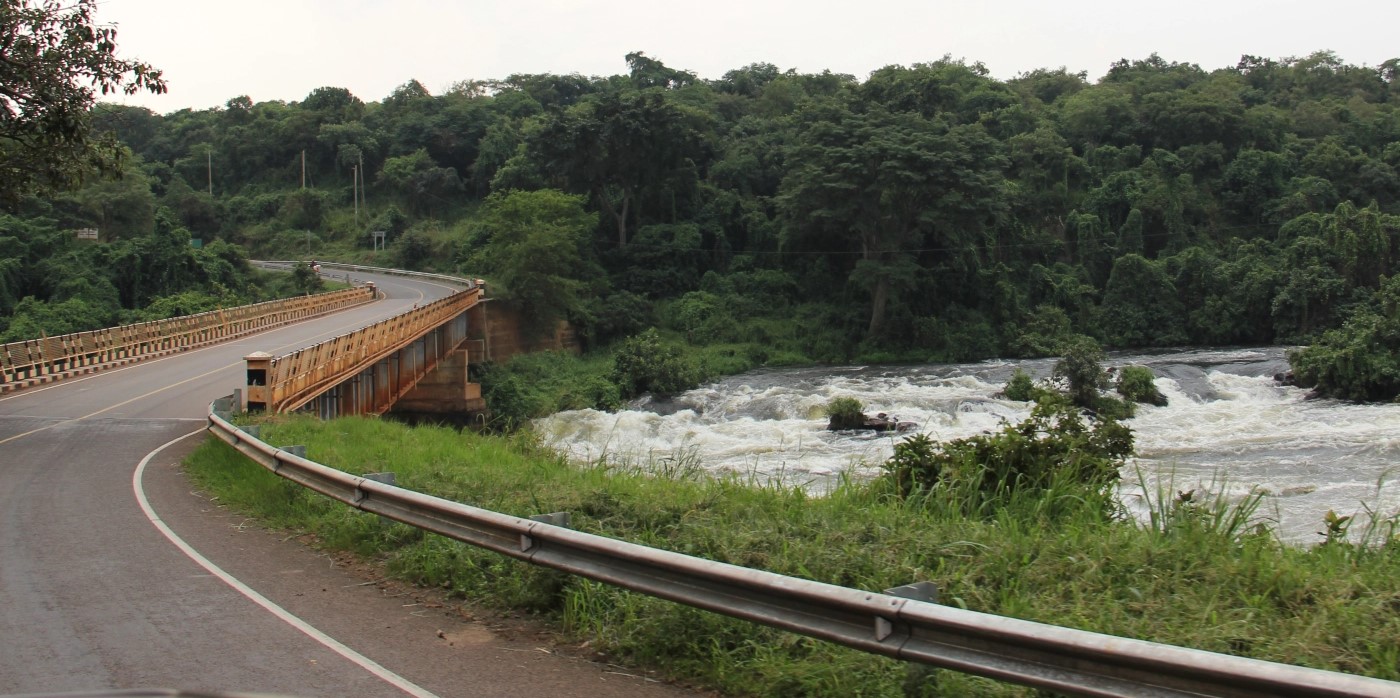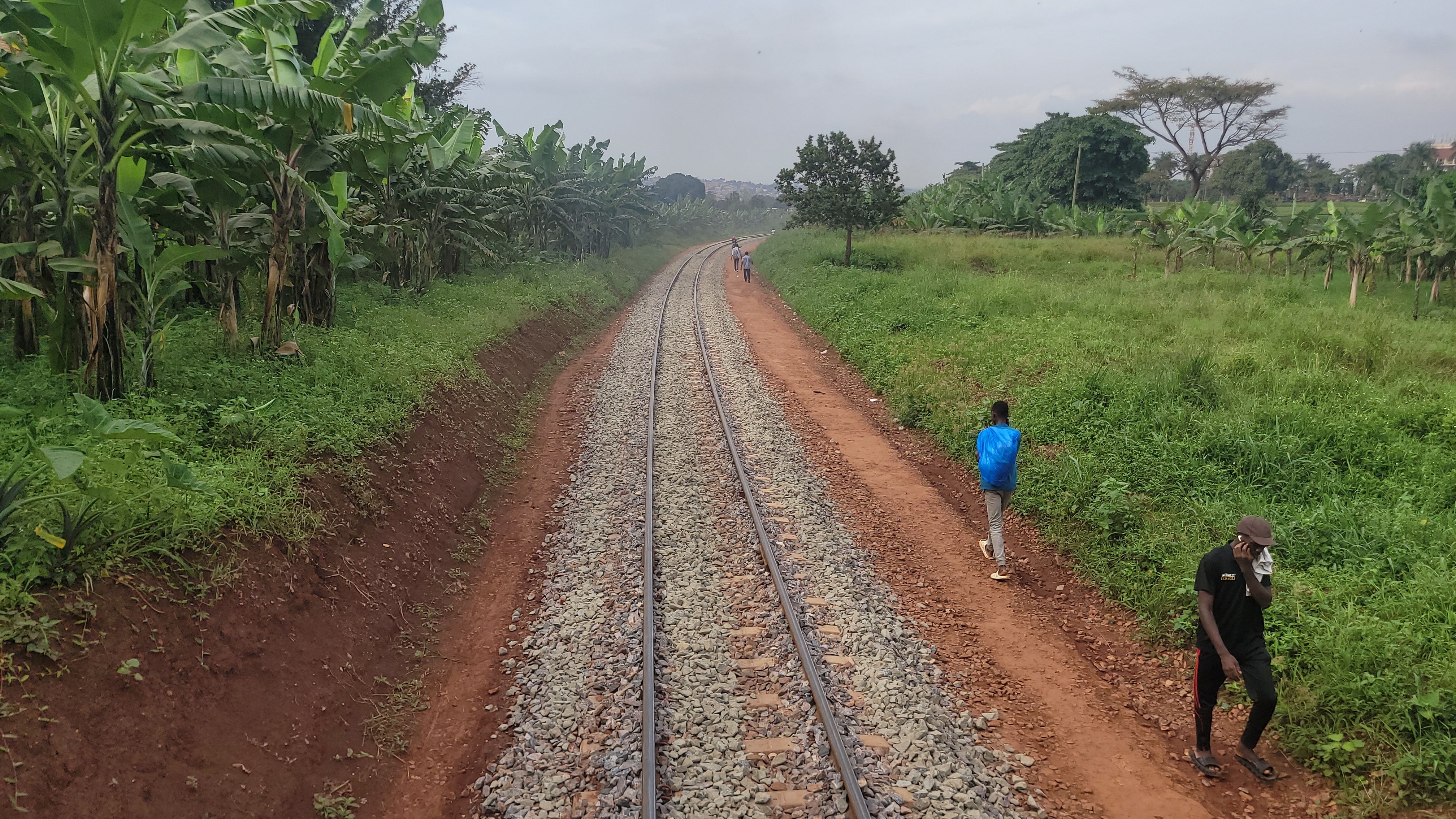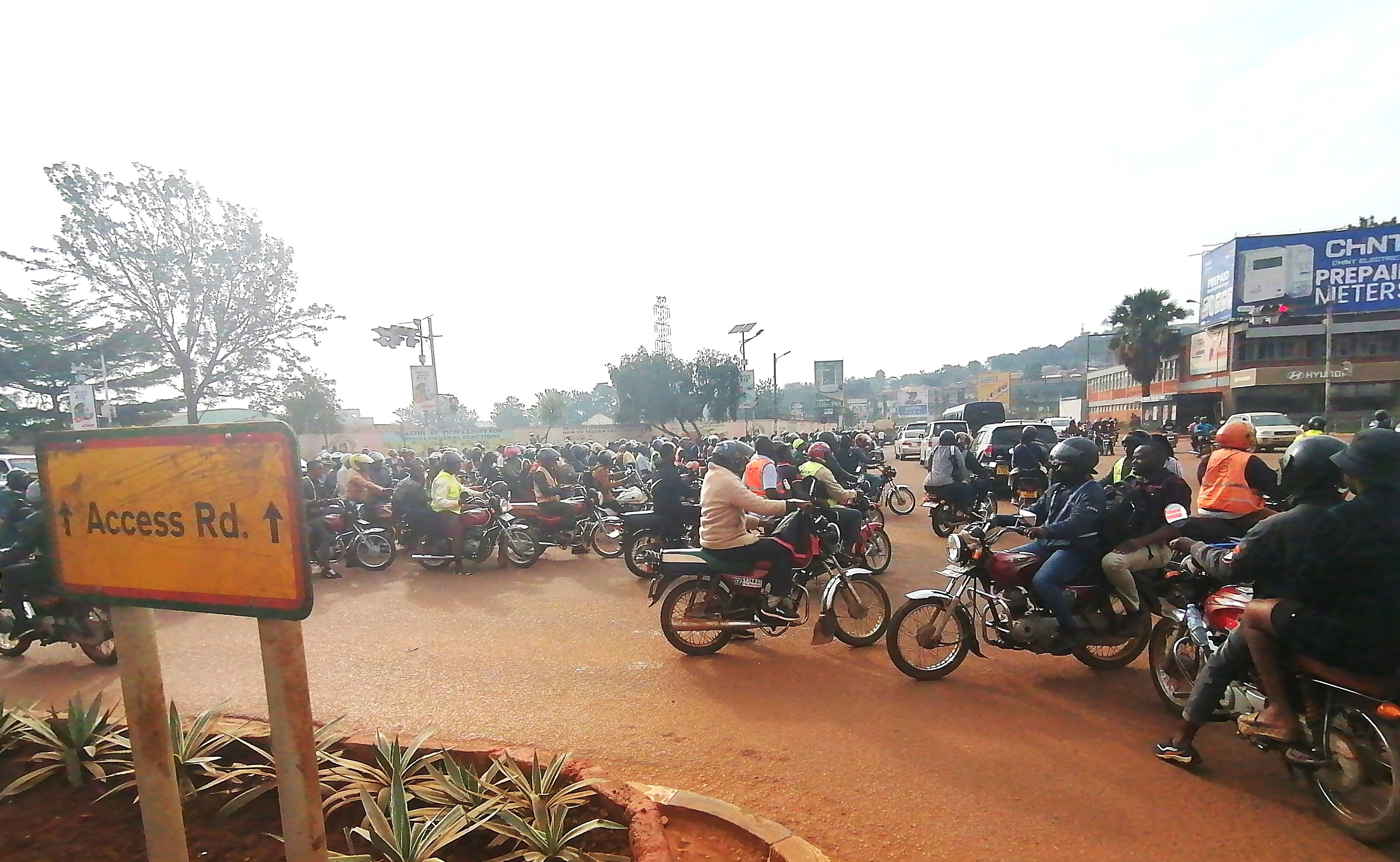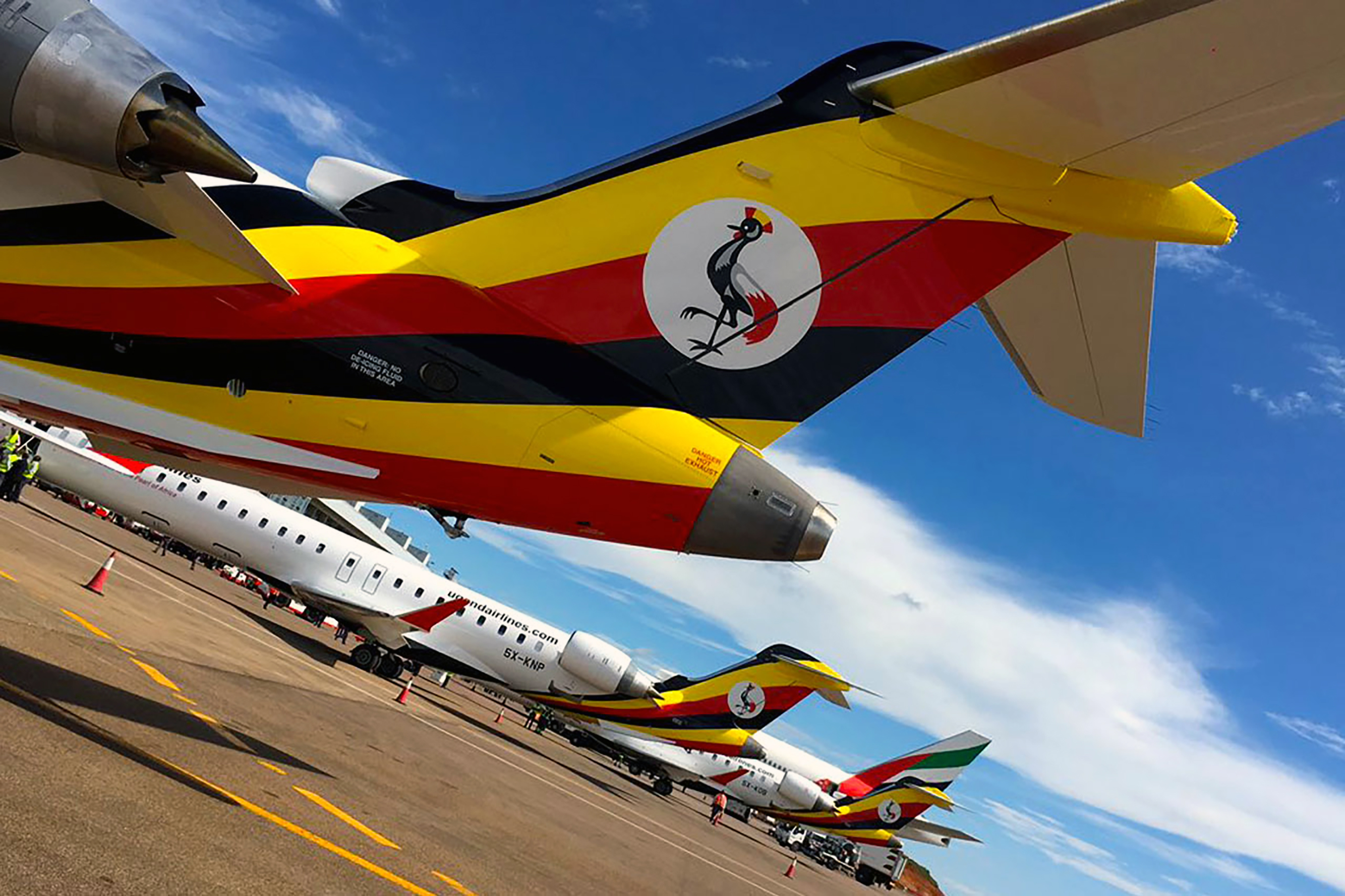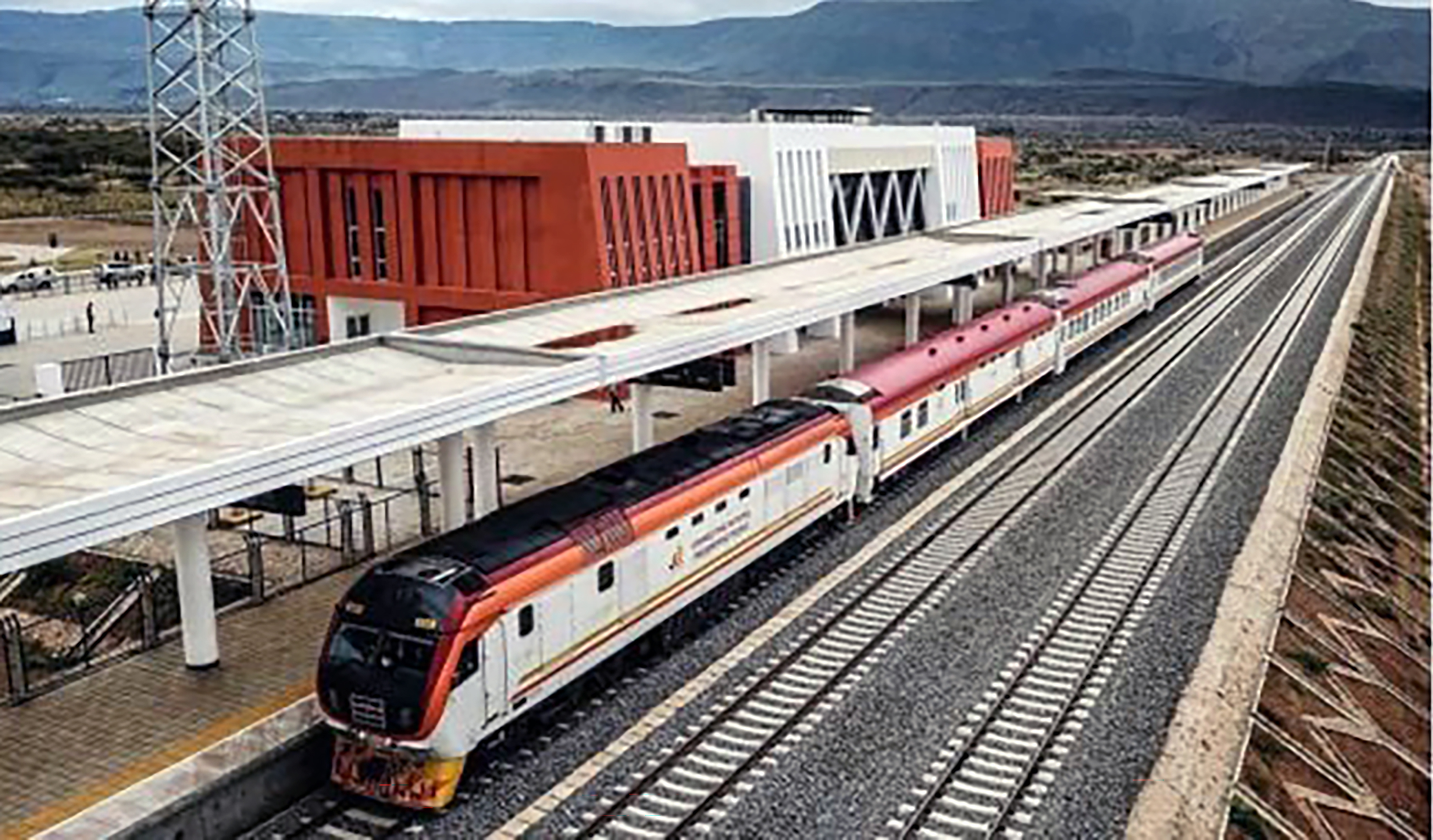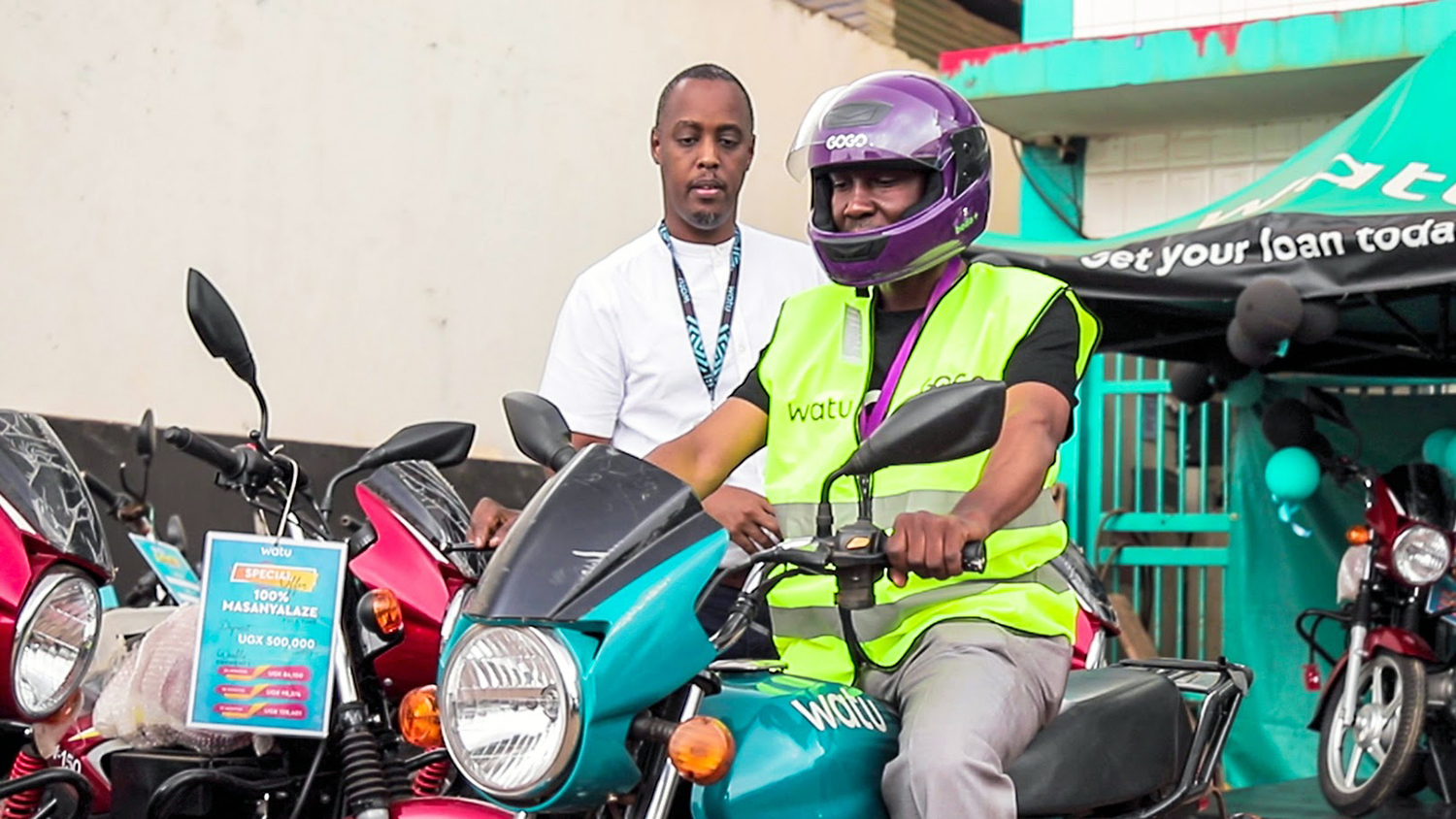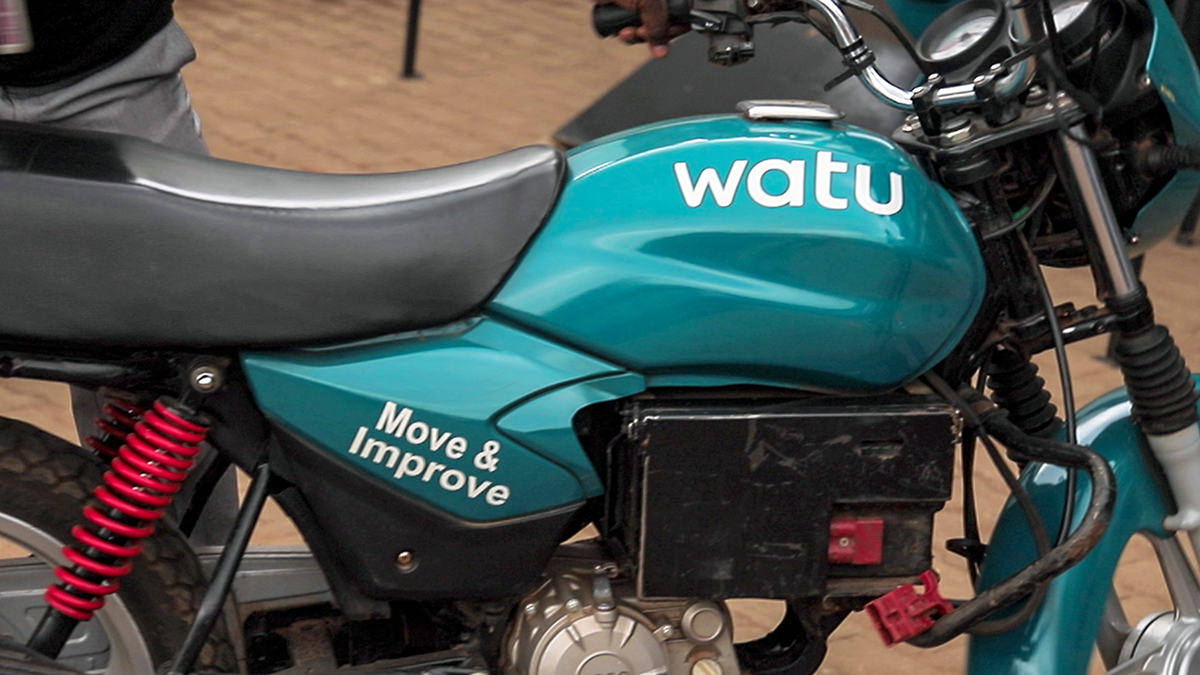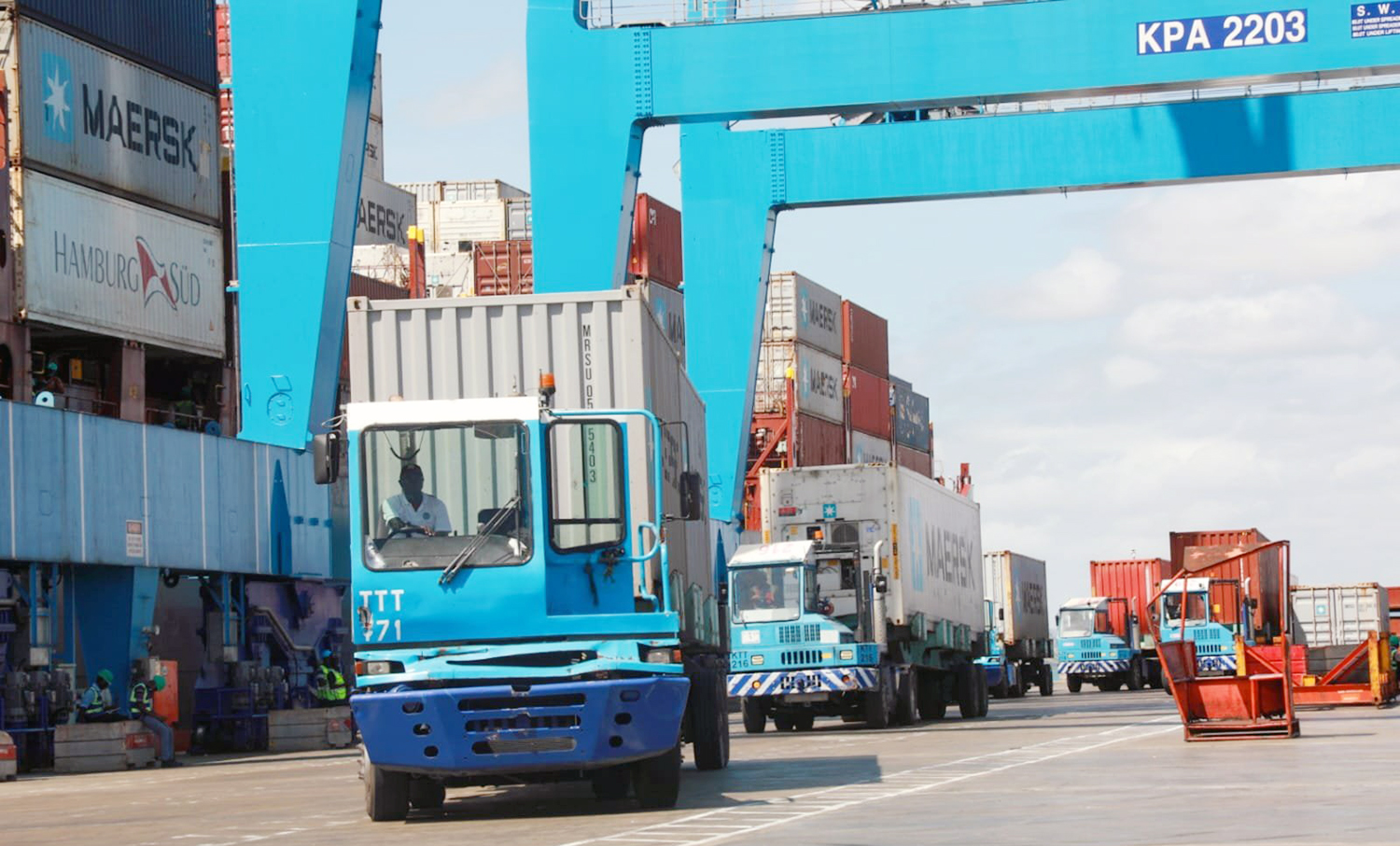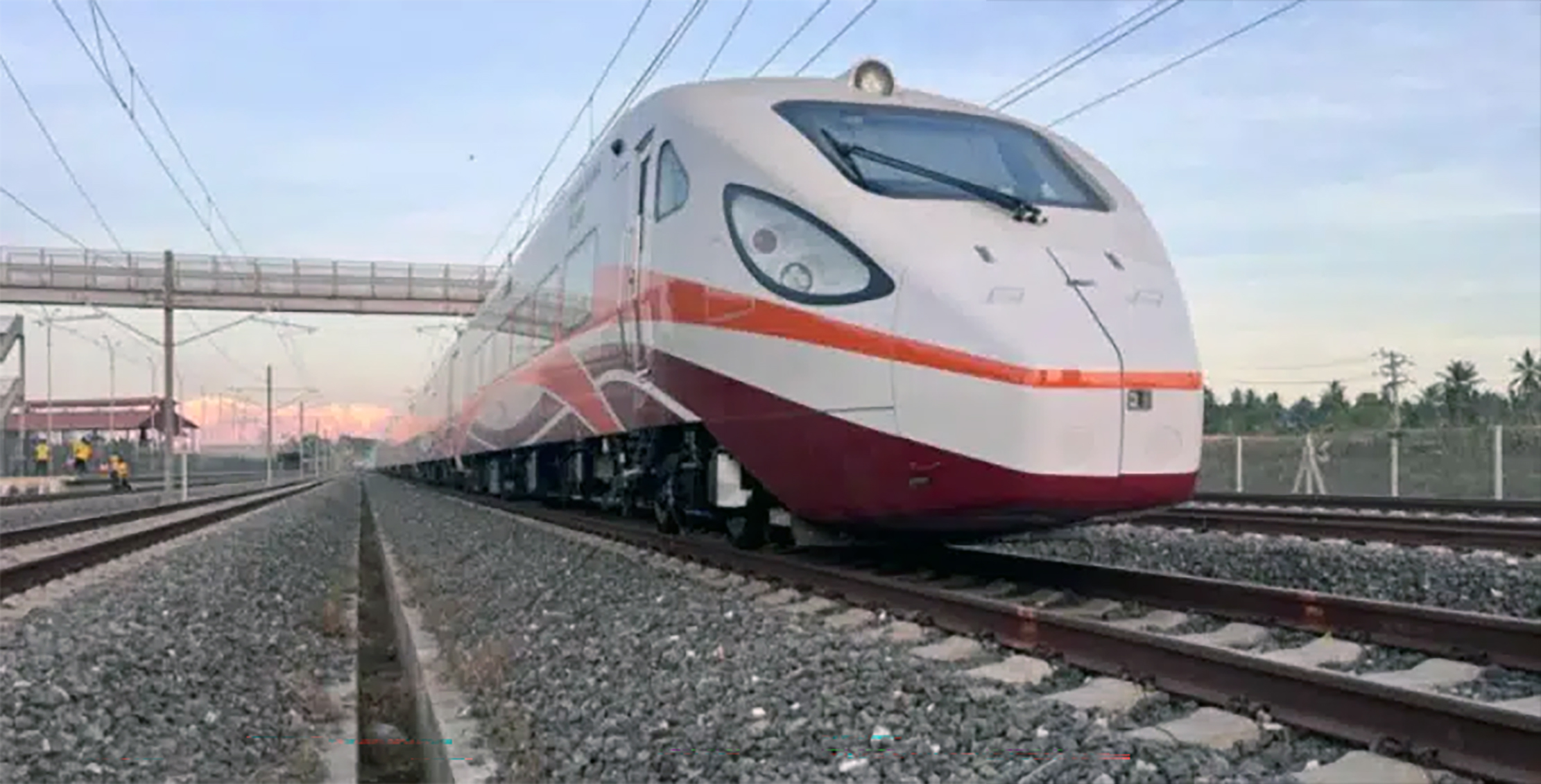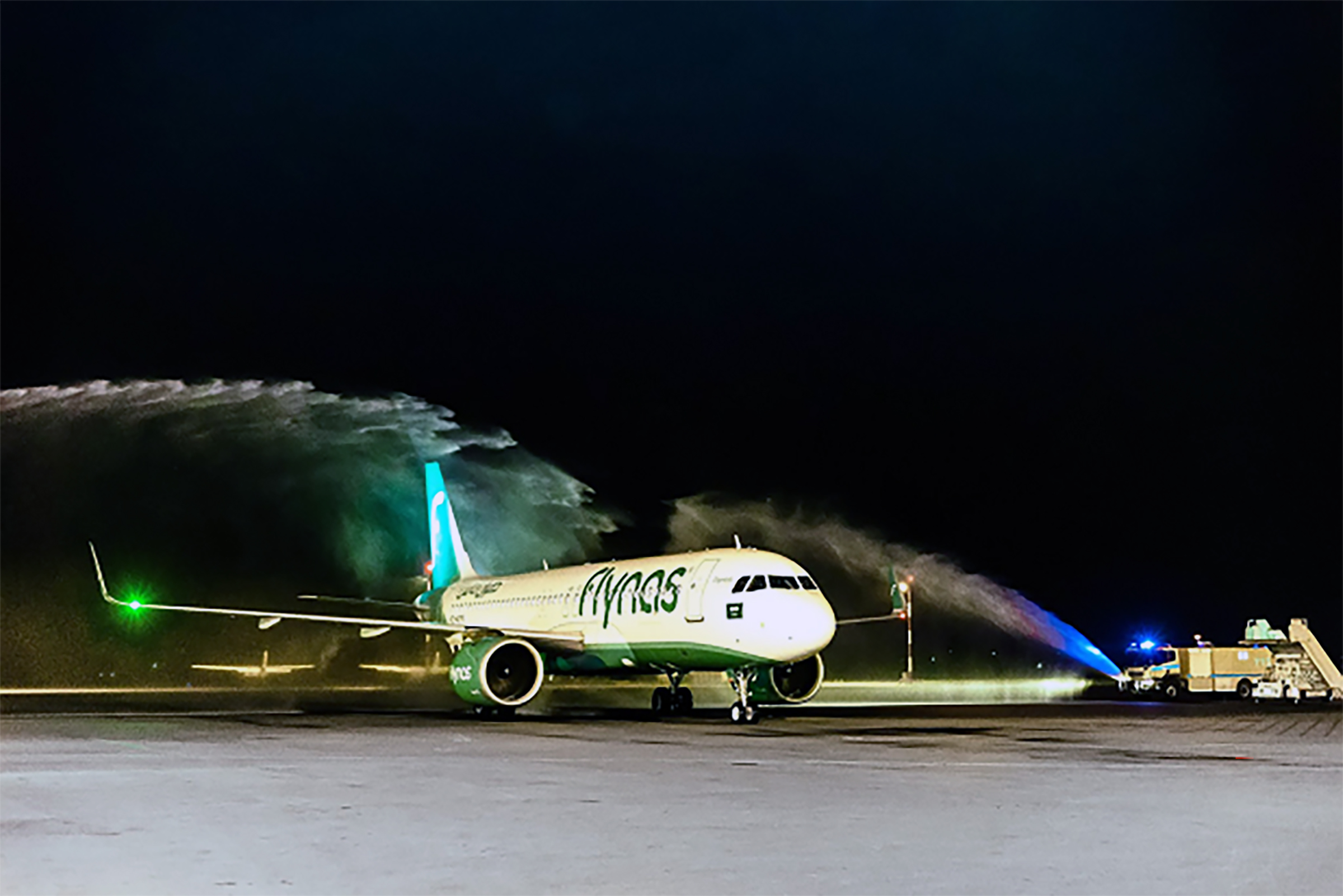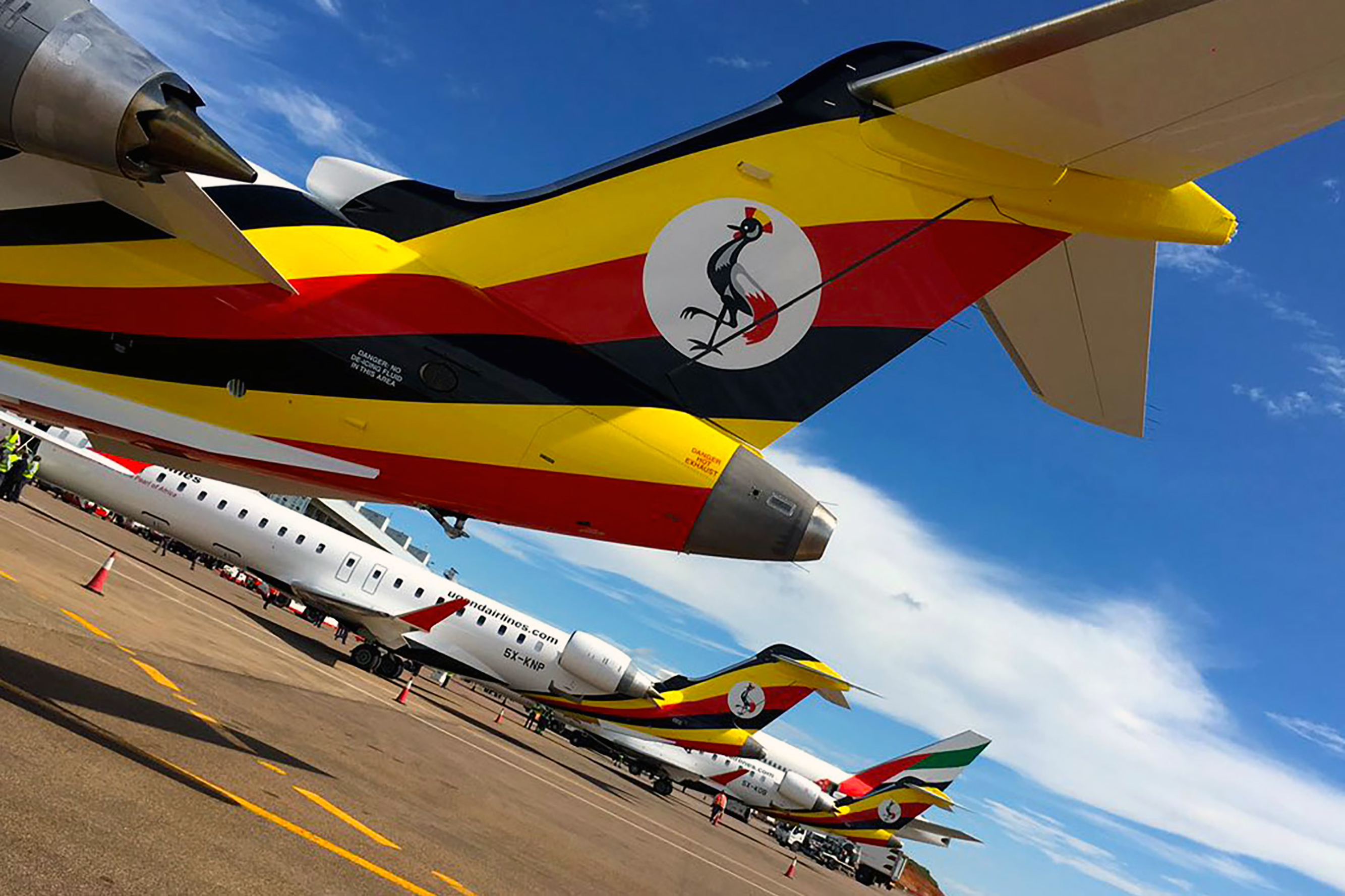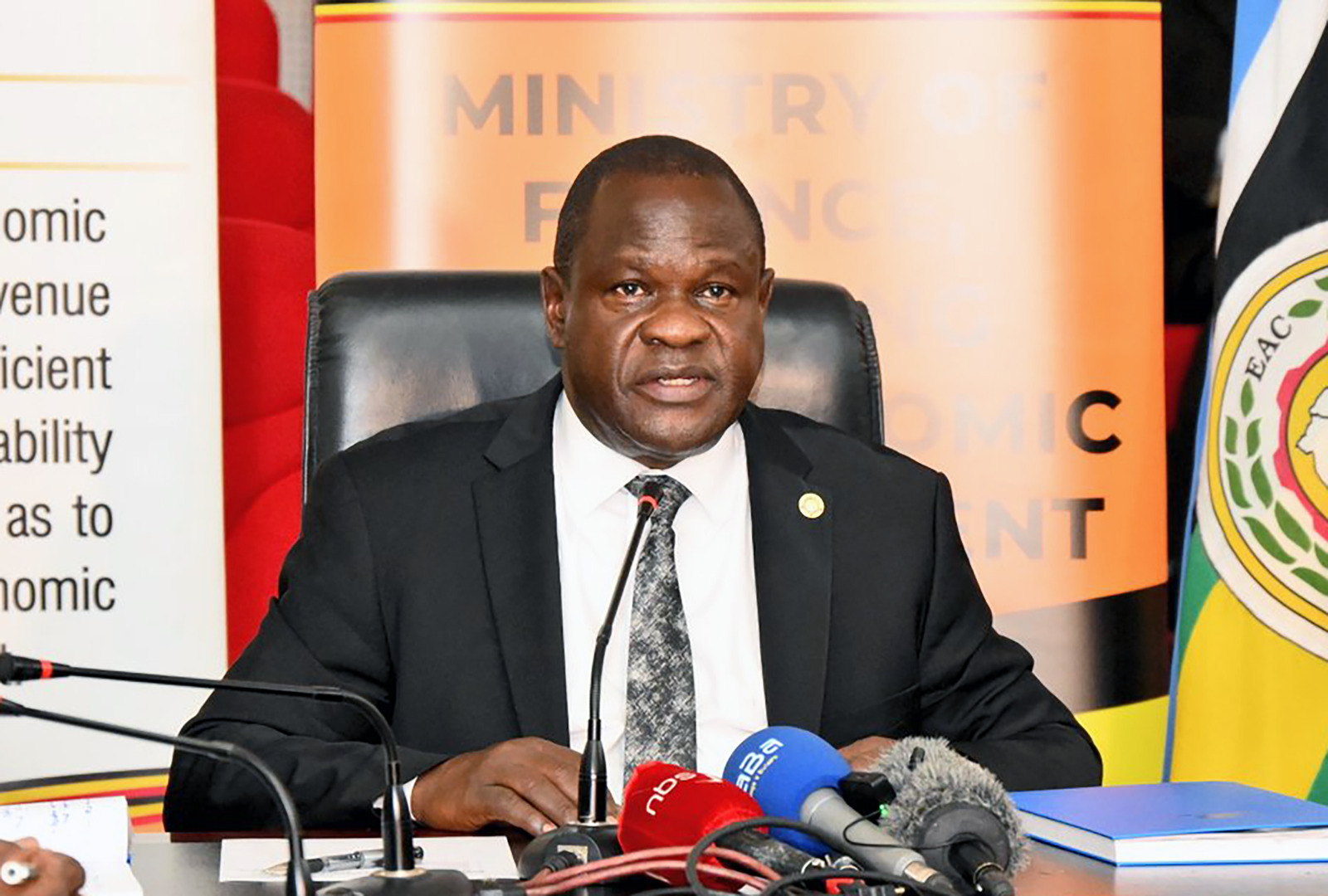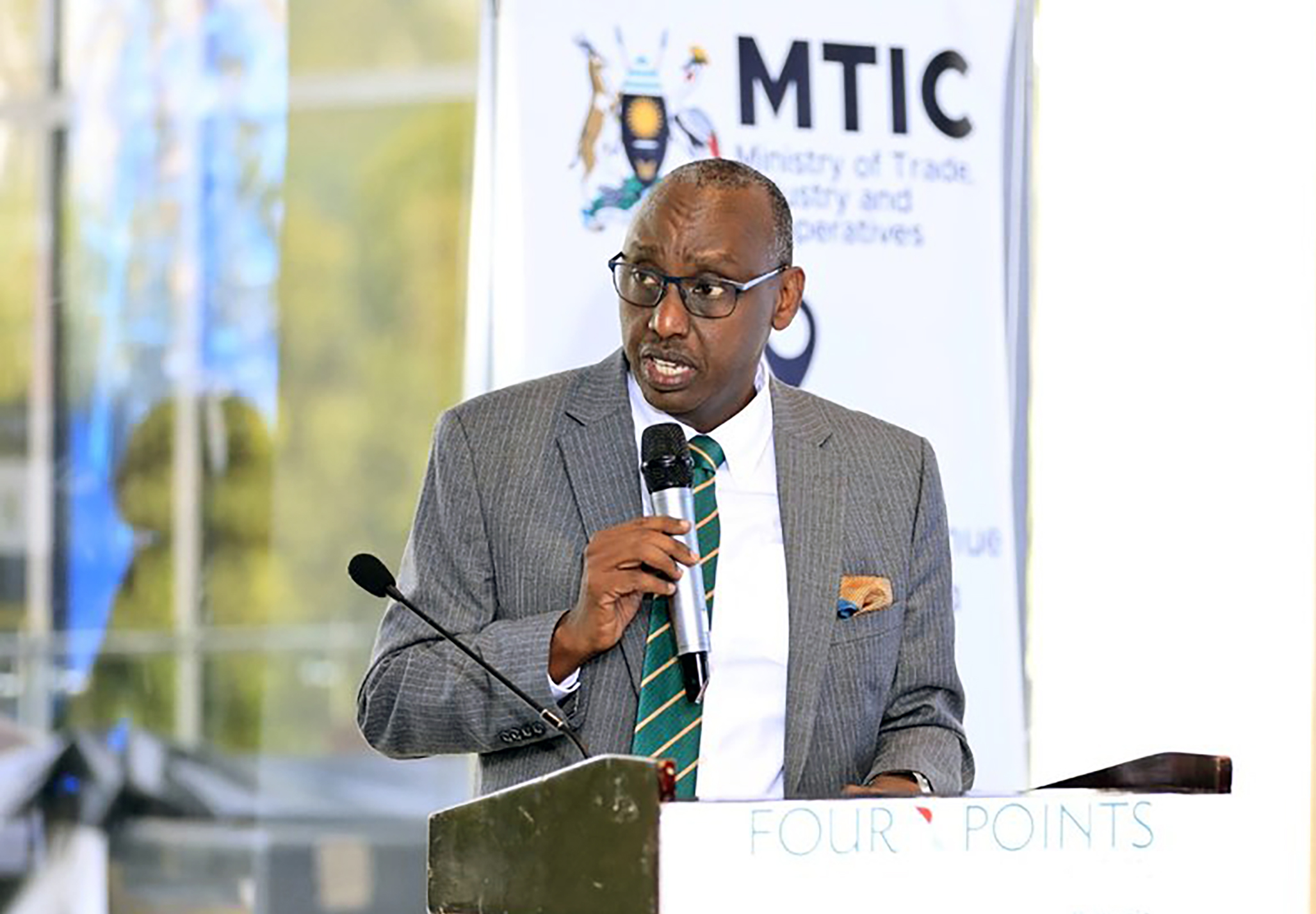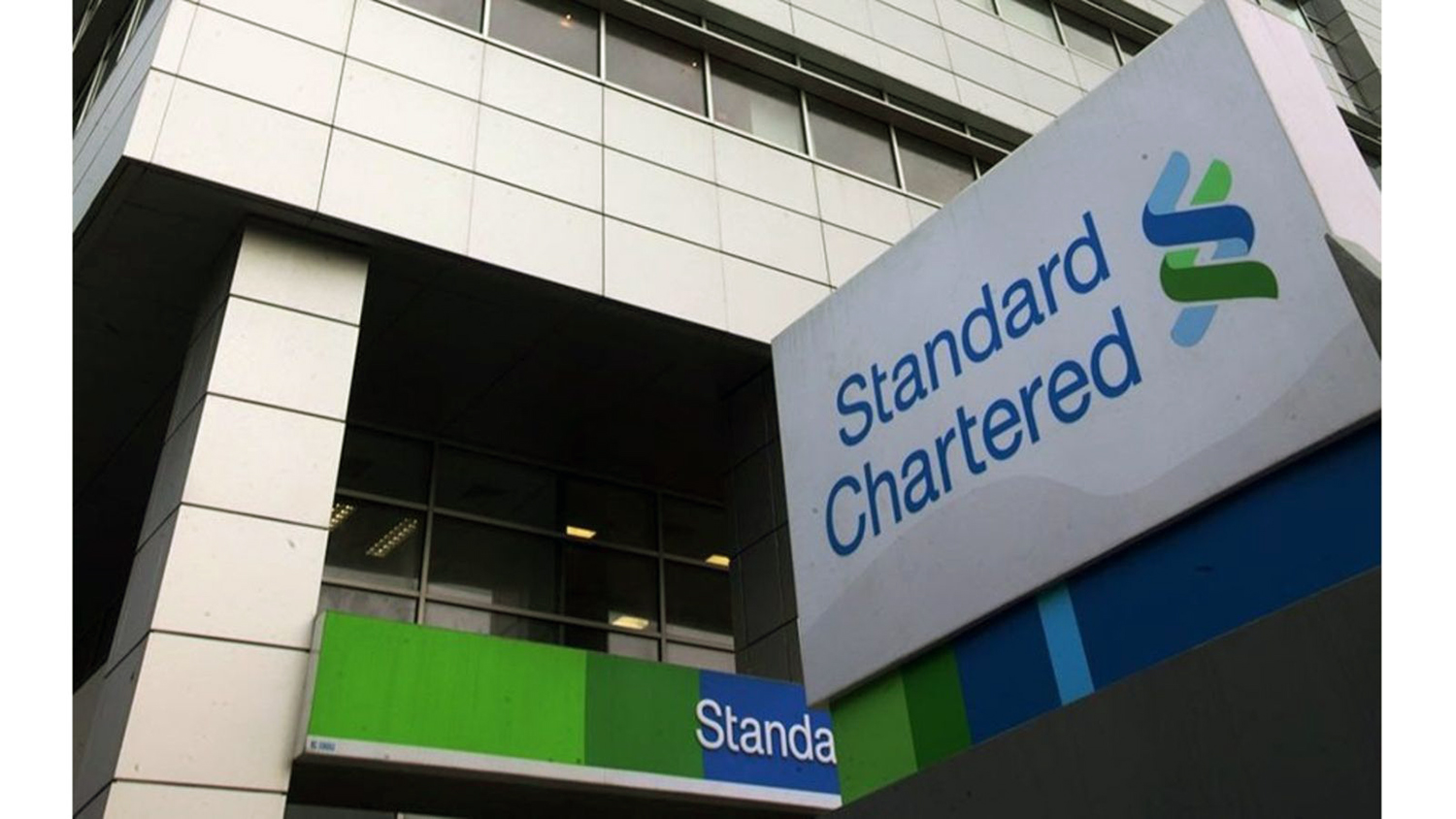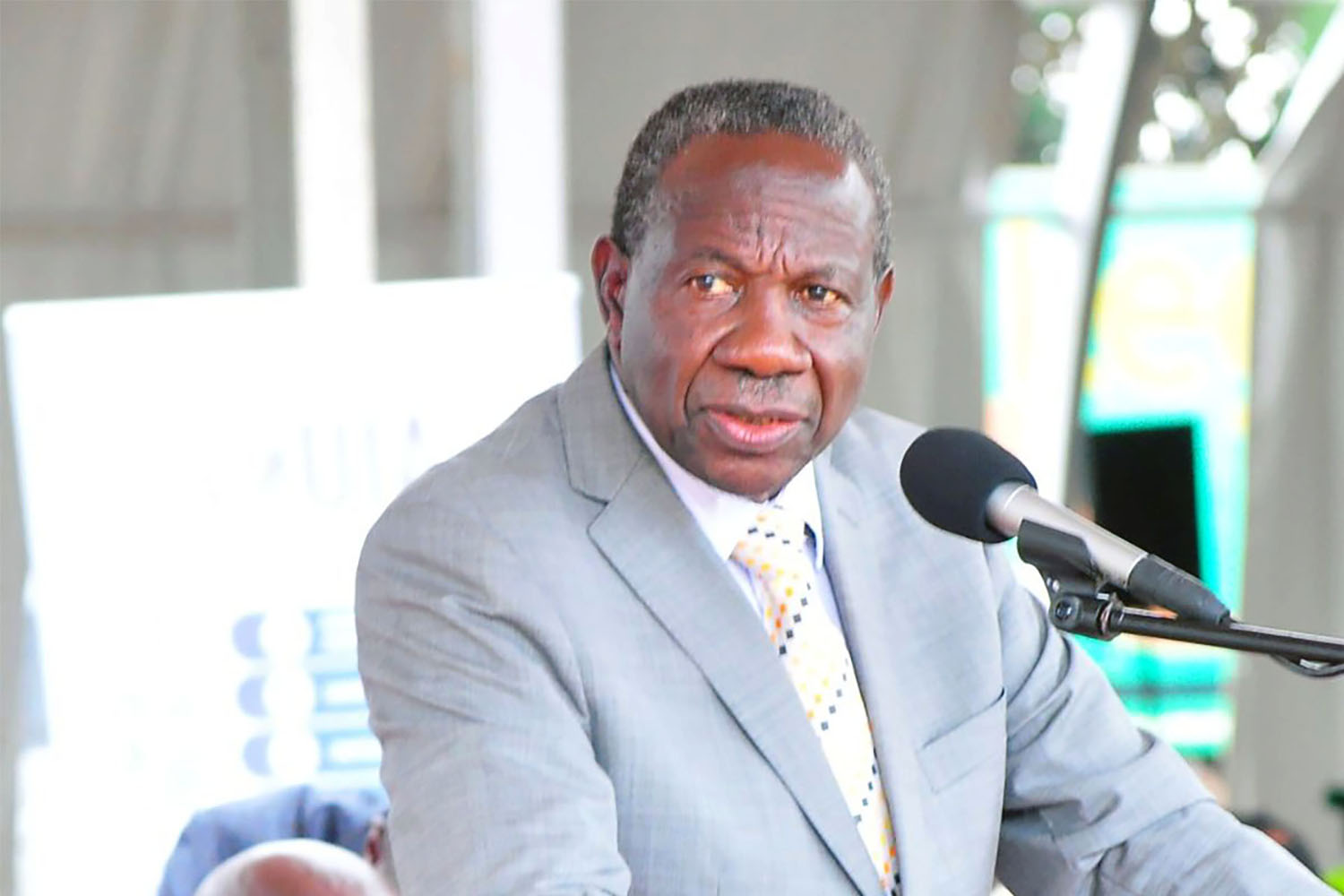Govt sets aside UGX382 bn to kick-start SGR project
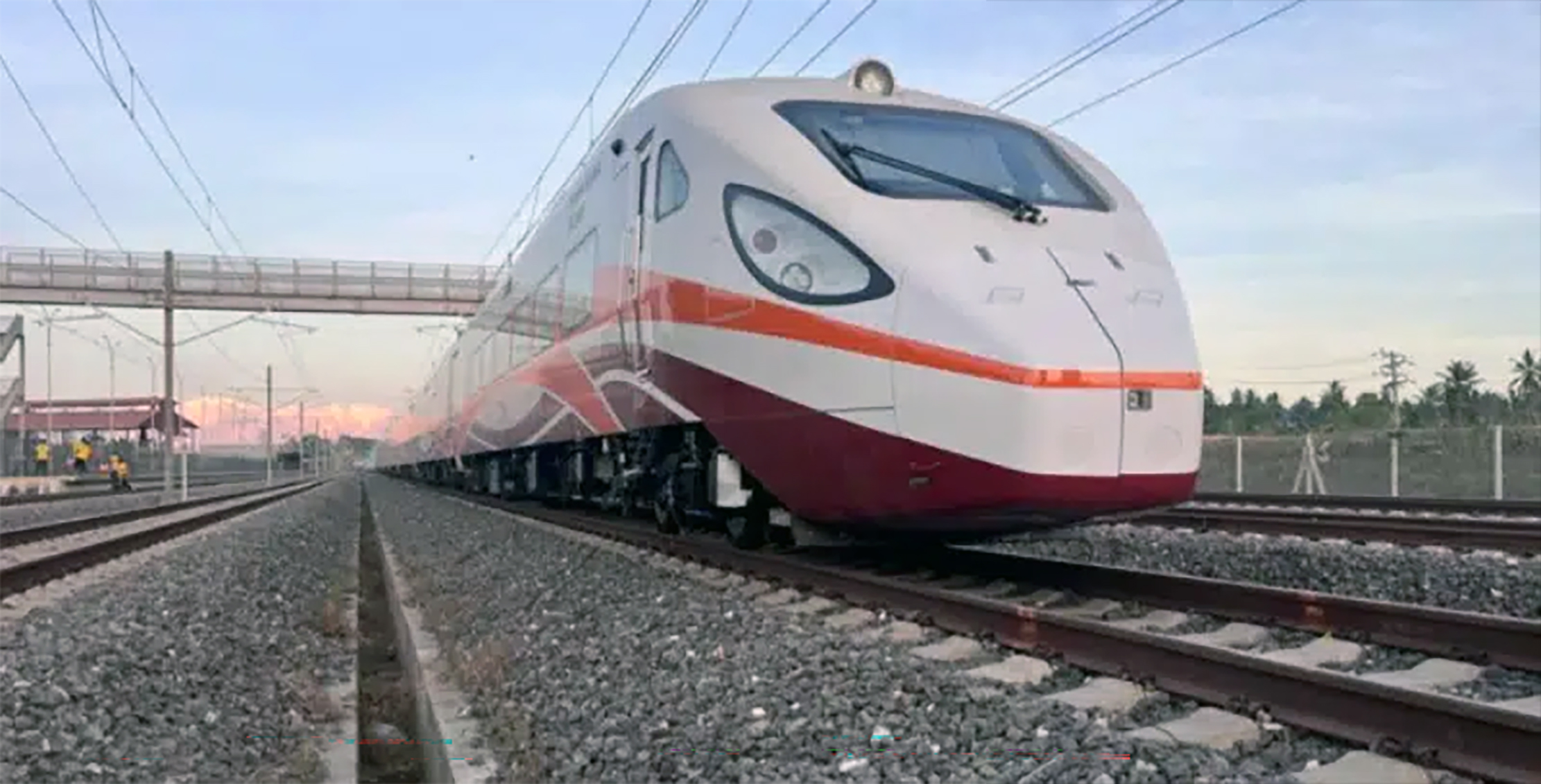
When operational, the SGR trains like this one will revolutionize the movement of goods and passengers across East Africa.
The Government has taken a major step toward modernising its transport infrastructure by setting aside cash to ensure that the long-awaited Standard Gauge Railway (SGR) project moves from the planning stage to implementation.
Euro 75 million (approximately UGX 382 billion) has now been released to kick-start preliminary works, signalling renewed momentum for the transformative project. The other financing is expected to come as credit from both local and international lenders.
Perez Wamburu, the SGR Project Coordinator, confirmed that the funds would support early works under the “limited notice to proceed,” enabling the government to begin the groundwork along the 273-kilometre corridor connecting Malaba to Kampala.
- “A total of 75 million Euros has been set aside for the works to begin. Because construction is commencing, we have also procured a competent consulting company to supervise this complex project,” Wamburu told journalists at a press briefing in Kampala.
The consulting firm, SSF Joint Venture, is partnering with a Ugandan company, PE Consultants, to oversee the operations of the Turkish contractor, Yapi Merkezi. Preliminary surveys, including both ground and aerial inspections, are already underway, while extensive soil investigations are guiding the engineering design.
These initial activities are critical to ensuring the railway meets international standards and remains resilient under heavy freight and passenger loads, according to Wamburu.
- Construction activities are ramping up as the contractor establishes a major workers’ camp in Iyanga and procures equipment, including a dedicated factory for producing concrete sleepers, which are essential components for railway tracks.


The project worth Euro 2.7 billion (UGX13.8 trillion), is expected to be completed within four years, after which it will be handed over to Uganda Railways Corporation for operation and maintenance.
Given that the SGR project is a regional initiative, for Uganda, it’s a case of 'better late than never,' as our regional counterparts Kenya and Tanzania are already operating their SGR.
Approximately 1,120 kilometers of SGR are operational in both countries, with an additional 1,100 kilometers under construction in Tanzania, which is currently operating East Africa's first fully electrified SGR system - connecting Dar es Salaam to Dodoma.
Currently, a truck takes 4-5 days to travel from Mombasa to Kampala, but the SGR would slash the travel time to less than 12 hours. The government has scheduled a National Content Symposium due on August 29, to ensure Ugandan companies and professionals are meaningfully involved in the project.
- Wamburu emphasized, “This is a Ugandan project, and we want Ugandans to benefit not only from improved transport but also from business and employment opportunities during construction.”
- The SGR is expected to create thousands of direct and indirect jobs throughout the construction phase, spanning engineering, logistics, manufacturing, and professional services. Local contractors, suppliers, and labourers are anticipated to benefit from contracts, materials procurement, and training opportunities, boosting income generation and skill development within the country.
When operational, the railway will revolutionize the movement of goods and passengers. By providing a faster and more cost-effective alternative to road transport, the SGR is projected to reduce transit times between Uganda and the coastal port of Mombasa by more than 50 percent.
This efficiency will lower transport costs for exporters and importers, enhancing Uganda’s trade competitiveness in the East African region.
In addition, the railway is expected to ease pressure on the land-locked country’s road network, reducing congestion, vehicle wear, and maintenance costs, while improving road safety, in addition to supporting environmental sustainability by shifting freight transport from road to rail, thus lowering carbon emissions and road accidents.


